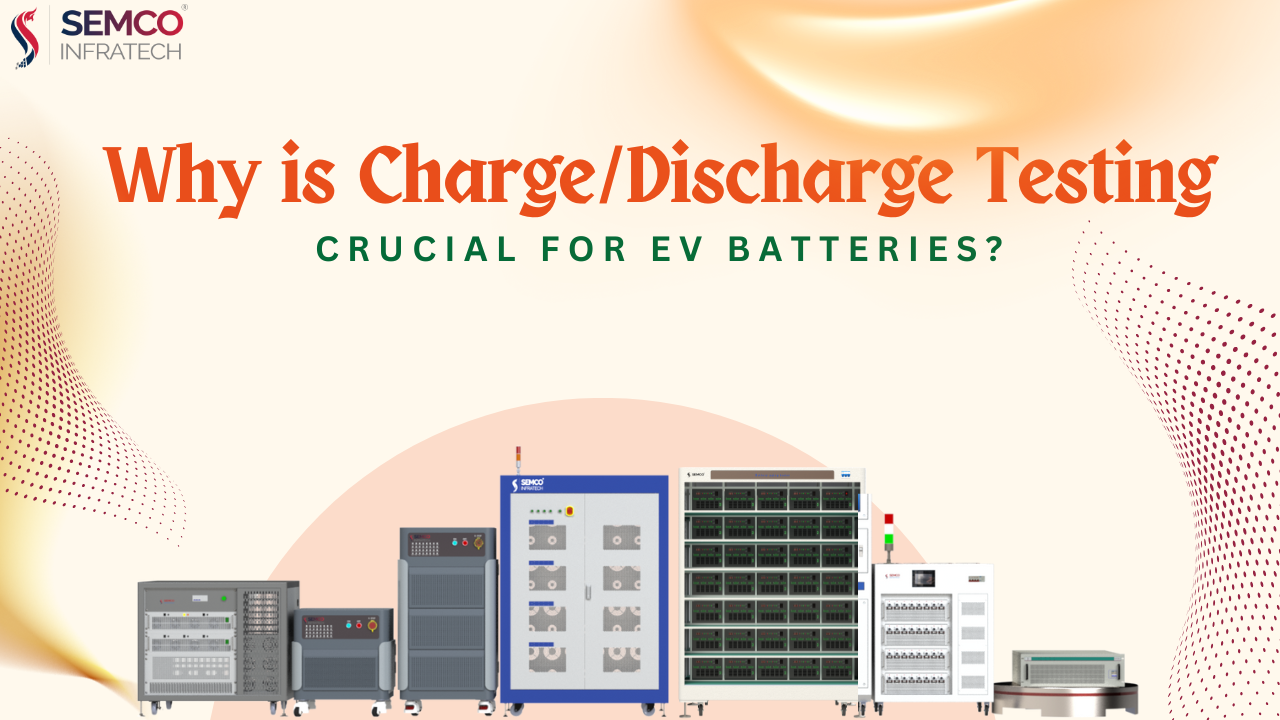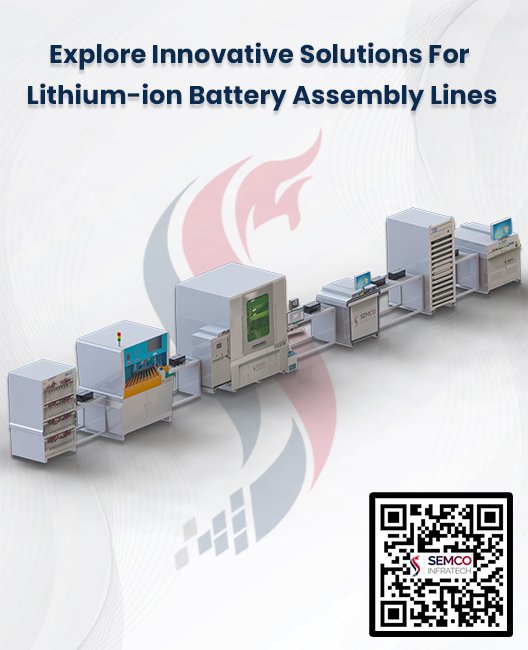As the “heart” of new energy vehicles, the power package is the primary power source of the car and one of the key assemblies of electric vehicles; it plays a decisive role in the vehicle’s performance, and the battery pack’s performance is affected by parameters like the number of cells, energy density, and the box.
There is still a certain gap in the range of pure electric vehicles compared to traditional fuel vehicles, and users are concerned about the safety of battery packs. The global power battery pack industry chain has developed rapidly in tandem with the development trend of new global energy vehicles.
1. Studying the Optimization Design of the Power Battery Pack Structure of Pure Electric Vehicles is of Great Significance
- Basic Requirements For the Design of a Power Battery Pack: within a limited space volume, based on meeting the power storage capacity to meet the needs, minimizing the damage to drivers and passengers by traffic accidents, and making them as lightweight as possible.
- Structural Design Requirements of Power Battery Pack: structural strength, collision safety, fatigue reliability, ventilation and heat dissipation, insulation, and waterproofing, electromagnetic compatibility, etc.
- The Research Direction of Power Battery Pack: Based on giving priority to the selection of appropriate high-energy ratio monomer cells, it is also an urgent need to study and optimize from the perspective of battery pack structure design to develop power battery packs with higher range, higher safety, and wider environmental temperature application range.
2. The Development Status of Power Battery Packs at Home and Abroad
Globally, leading automakers are actively creating new energy-electric vehicles, and one of the key elements determining how competitive these auto markets are is the longevity of power batteries.
- International Mainstream Vehicle-Mounted Power Battery Pack
The premium all-electric model, which has a NEDC range of more than 600 kilometers and is backed by ternary lithium battery cells, is a product of the major automakers in the US, Germany, Japan, and South Korea. Mainstream automakers now prioritize using batteries made by Panasonic, LG, Samsung, and other Japanese and Korean companies.
Tesla introduced a battery pack based on 46800 single cells and improved the pack in line with the trend of increasing capacity and decreasing the number of single cells. The battery pack’s overall energy density has significantly increased due to the reduction of single cells to 960.
- Domestic Mainstream Vehicle Power Battery Pack
Domestic mainstream automakers typically switch from using high-end models of batteries to ternary lithium batteries over time. The majority of the models in the middle and lower price range are lithium iron phosphate monomer cells, but overall the selection is not as high as the international advanced level.
A “blade battery” based on lithium iron phosphate was released by BYD. It combines the integrated design of the battery pack structure and the chassis to achieve flattening and lengthening of the cell by decreasing the thickness and lengthening the cell.
- Cell Batteries of Domestic and Foreign Automobile Enterprises
An onboard power battery package that is correctly grouped into a single lithium-ion battery cell and integrated into the box body is the power battery that is most frequently used. The majority of current research on battery pack structure design concentrates on temperature field simulation, dynamic analysis, and structural optimization design. Numerous high-performance power battery packs have been developed as a result of these studies, which have also reliably supported the mass production of battery packs technically.
3. Mechanical Structure Design of Battery Pack
The power battery package’s design objective is to satisfy the functional and performance standards established by the vehicle development. The four primary components of the battery package’s mechanical structure design process are parameter determination, structural initial design, optimization of simulation analysis, and physical construction experimental analysis. The mechanical structure design consists primarily of modules that fix and connect numerous battery cells with support structures to guarantee the battery pack’s total energy and rated operating voltage by connecting the battery cells in series and parallel.

To meet the requirements of battery pack safety and onboard environmental excitation, the module must have high structural stability, strength, and stiffness. Its size should also be restricted to fit inside the battery box and allow for the installation of necessary electrical components. Additionally, the battery pack’s mechanical structure features a “⊥” type and an “earth” font. The installation location and the vehicle layout’s envelope space size impose restrictions on the design of the battery pack structure. Combining the integrated body and chassis design is the standard design approach. The vehicle structure indicates that the squeeze impact of the battery pack body can, to a certain extent, lessen the likelihood of collision safety accidents.
4. High-Voltage Electrical Design of Battery Pack
The four primary components of the battery pack’s electrical safety design are the pre-charge circuit system, anti-collision design, high-voltage interlock safety, and overcurrent system protection. The battery pack’s internal structure will be influenced by the sensor components, fuses, communication harnesses, and how they are fixed. For this reason, the electrical system architecture should be thoughtfully planned early in the mechanical structure design process. Electric vehicle electrical systems are currently moving toward high voltage, which presents more difficult safety issues for the components, structures, and devices of electrical systems, as well as for installation and connection.

5. Thermal Management Design of Battery Pack
Maintaining the battery temperature within the proper working range of 10°C to 40°C is the goal of thermal management design, particularly to prevent or reflect local overheating. To regulate the lithium-ion battery pack’s internal temperature on schedule, a suitable thermal management system must be designed. Phase change cooling, liquid cooling, and forced air cooling are the three main components of the thermal management system.
- Air Cooling Method: low cost, average heat dissipation effect, difficult to meet requirements under extreme conditions.
- Phase Change Cooling: expensive and not suitable for current market demand.
- Liquid Cooling Method: good heat dissipation effect and good heat dissipation and heating conversion, which is the main application method at present.
6. Integrated Design of Battery Pack
Power battery technology and related integrated management technologies have emerged one after another in tandem with the swift development of new energy vehicles. New technologies in the areas of material science (cobalt-free materials, for example), process science (blade batteries, etc.), integrated technologies (CTP, etc.), and management science (bullet batteries, etc.) have amassed material factories and batteries. The most recent R&D and application outcomes from auto factories.
The electric vehicle’s power source is the battery pack, of which the battery cell is the smallest component. Currently, the market is dominated by two structural methods: MTP (Module to Pack) and CTP (Cell to Pack). The newest battery system technology, CTC (Cell to Chassis), is used by Tesla, BYD, and Zero Run.
There is still space for improvement in the power battery pack of domestic automakers, as it is impacted by various factors like the low energy density of the battery cell, structural design flaws in the battery pack, and insufficient efficiency of the battery thermal management system. The integrated structure design and battery pack power, from the monomer to the system, are the main influencing factors. Therefore, by choosing suitable high-energy ratio monomer cells, it can be examined and optimized from the standpoint of battery pack structure design.






